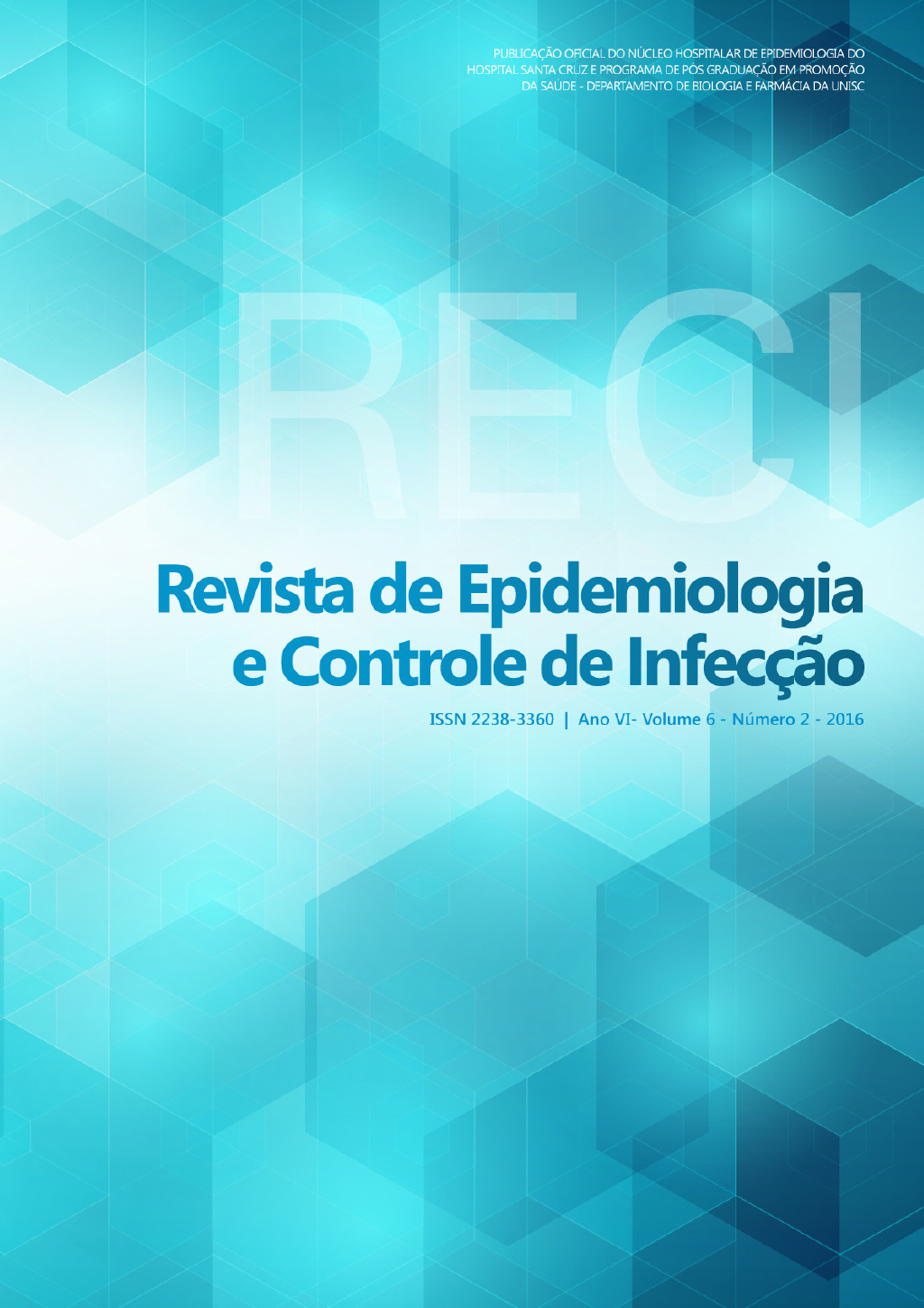Bias in case - Control studies: Can it be avoided?
DOI:
https://doi.org/10.17058/reci.v6i2.6370Abstract
Backgraund and objectives:Although case control studies have numerous advantages, they are vulnerable to biases that can mask the true results of the study and therefore should be interpreted with caution.The objective of this article is to critically approach, through a literature review, the biases that can affect this type of study design and the possible strategies to overcome those biases.Contents:The most well-known biases, present in the delineation of case control studies, were those related to selection and measurement. Conclusion: However, although this type of study is subject to possible errors, preventative measures put in place during the planning of case control studies and even during and after its execution can help guarantee scientific rigor.This review of the literature can serve as an important instrument for the development and interpretation of case-control studies.Downloads
Downloads
Published
How to Cite
Issue
Section
License
The author must state that the paper is original (has not been published previously), not infringing any copyright or other ownership right involving third parties. Once the paper is submitted, the Journal reserves the right to make normative changes, such as spelling and grammar, in order to maintain the language standard, but respecting the author’s style. The published papers become ownership of RECI, considering that all the opinions expressed by the authors are their responsibility. Because we are an open access journal, we allow free use of articles in educational and scientific applications provided the source is cited under the Creative Commons CC-BY license.


